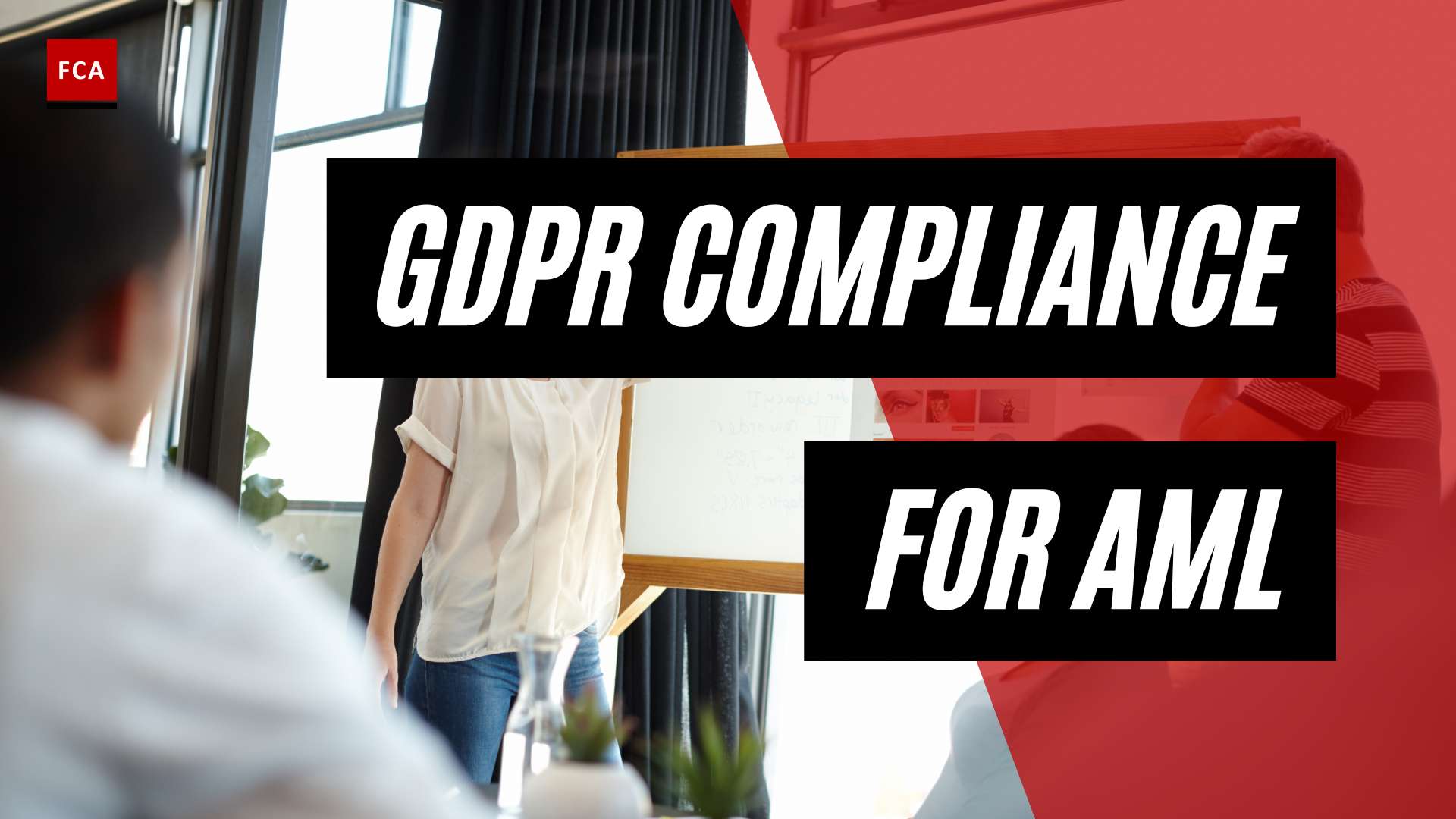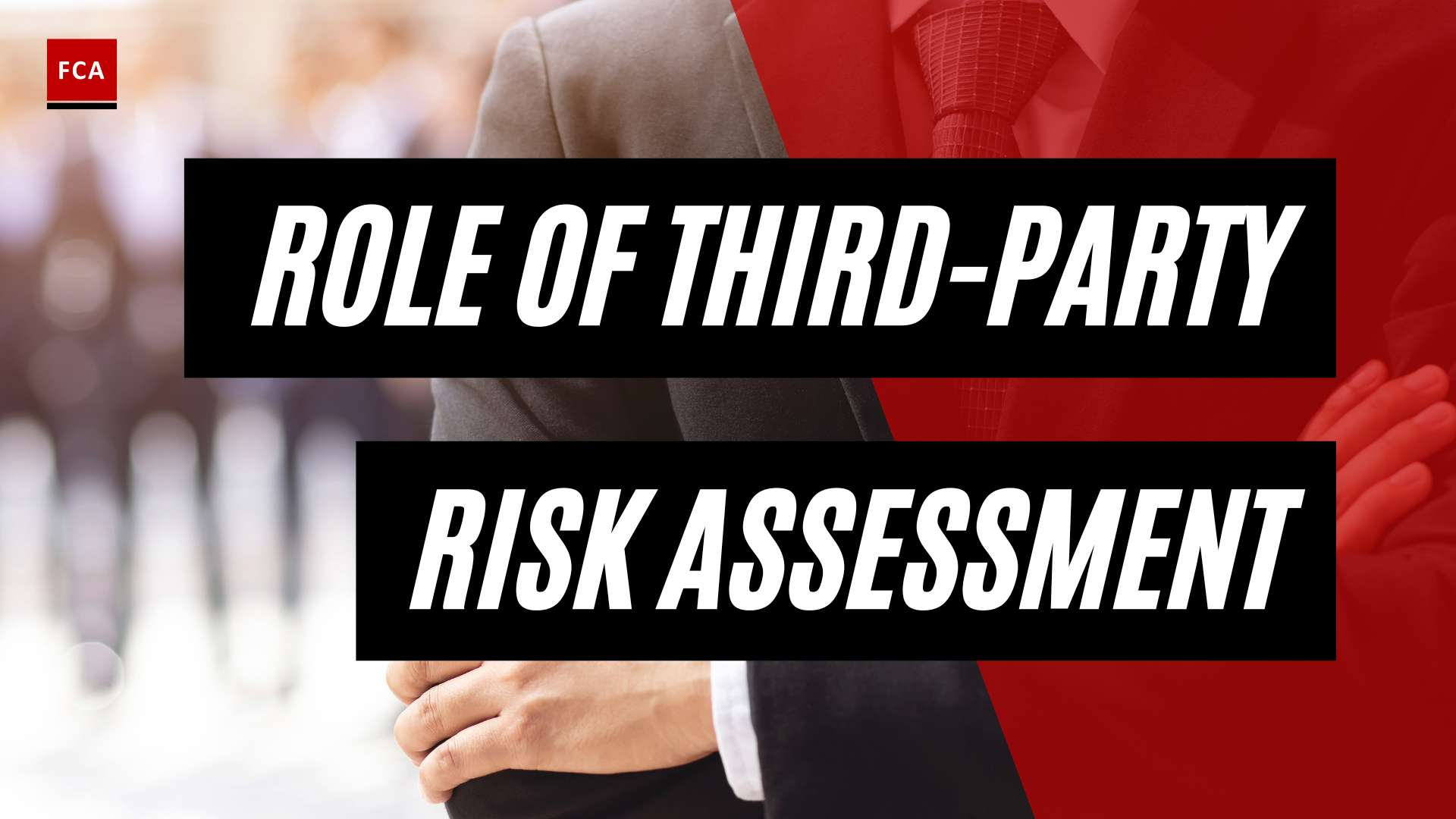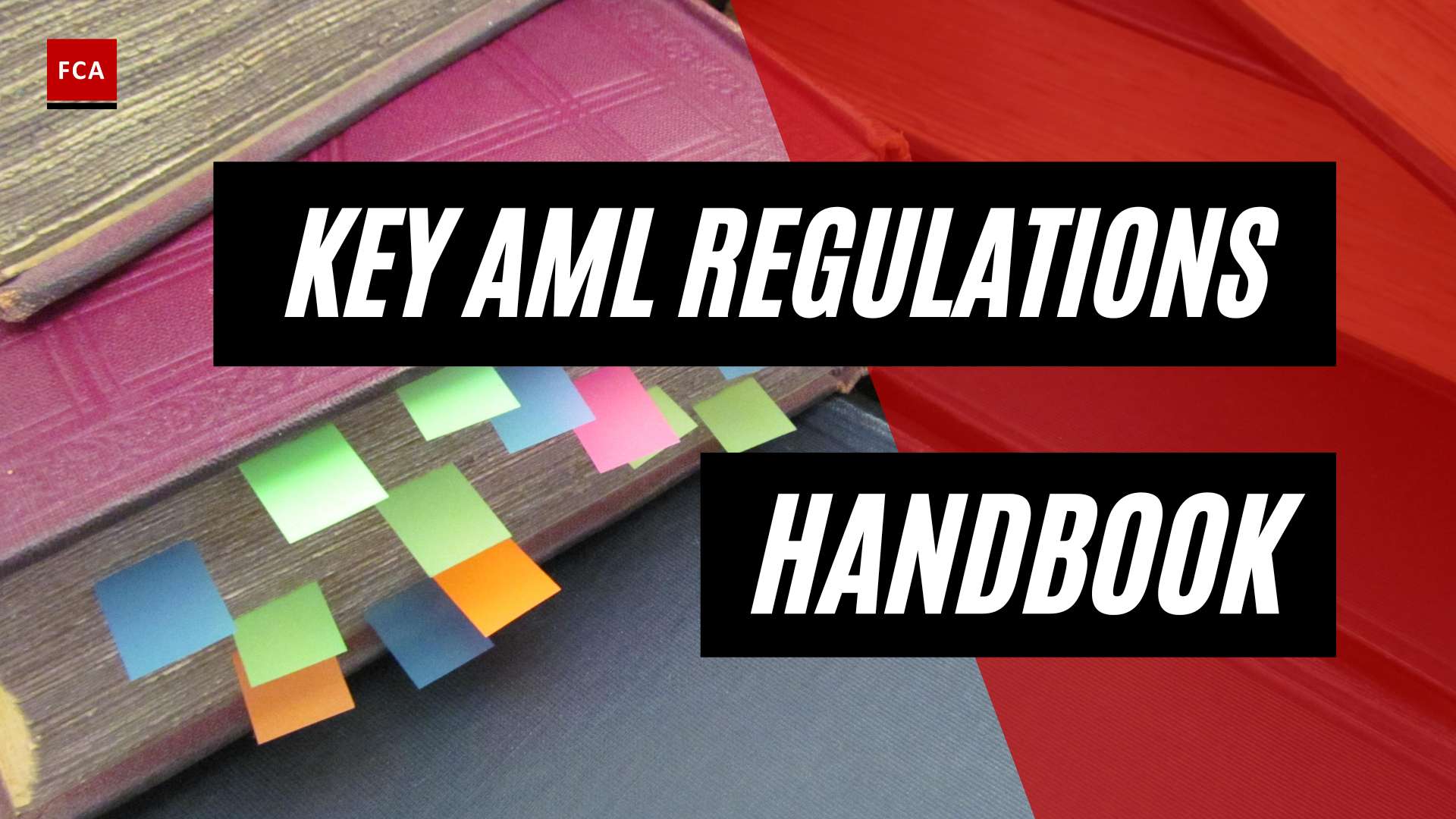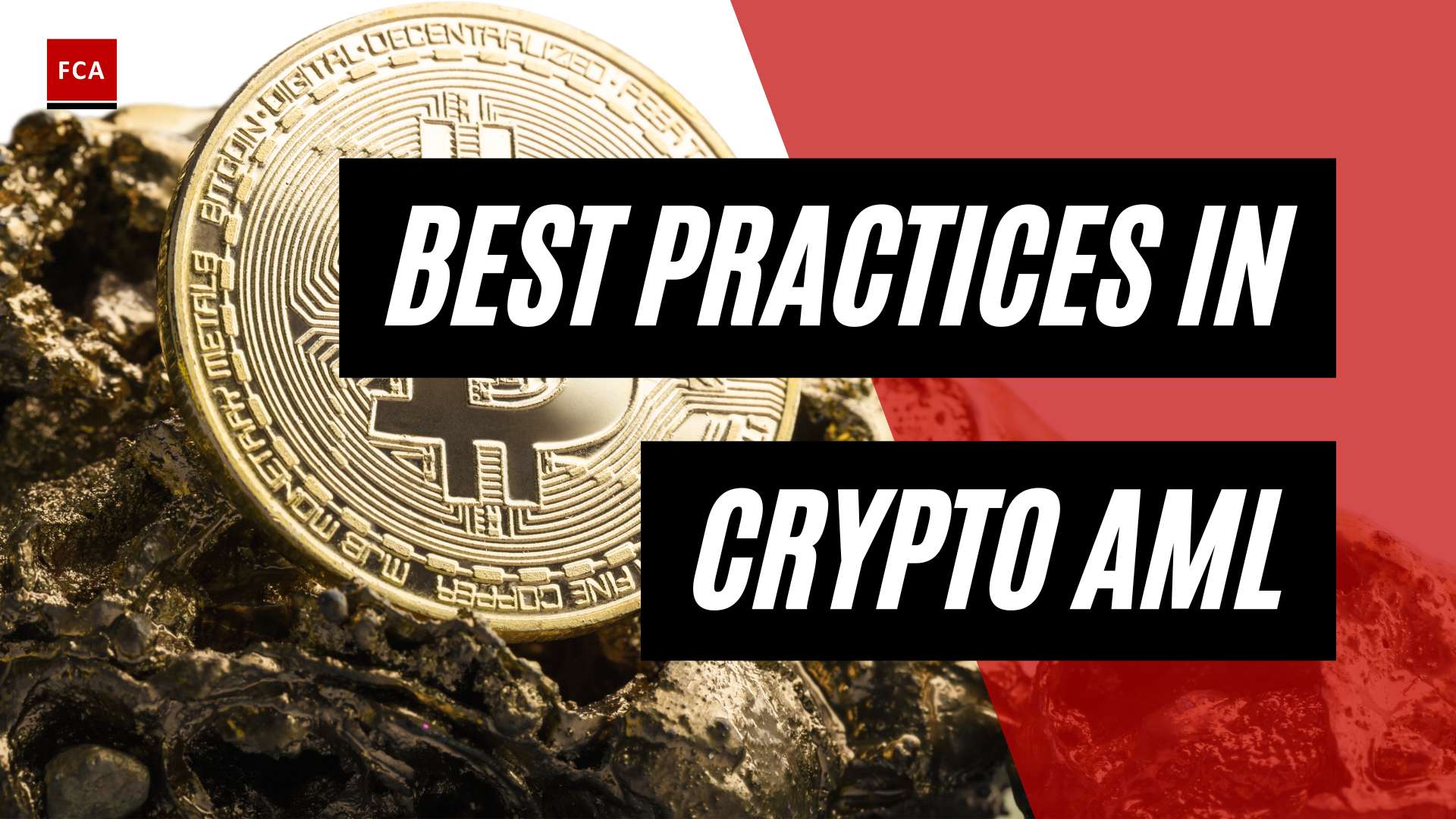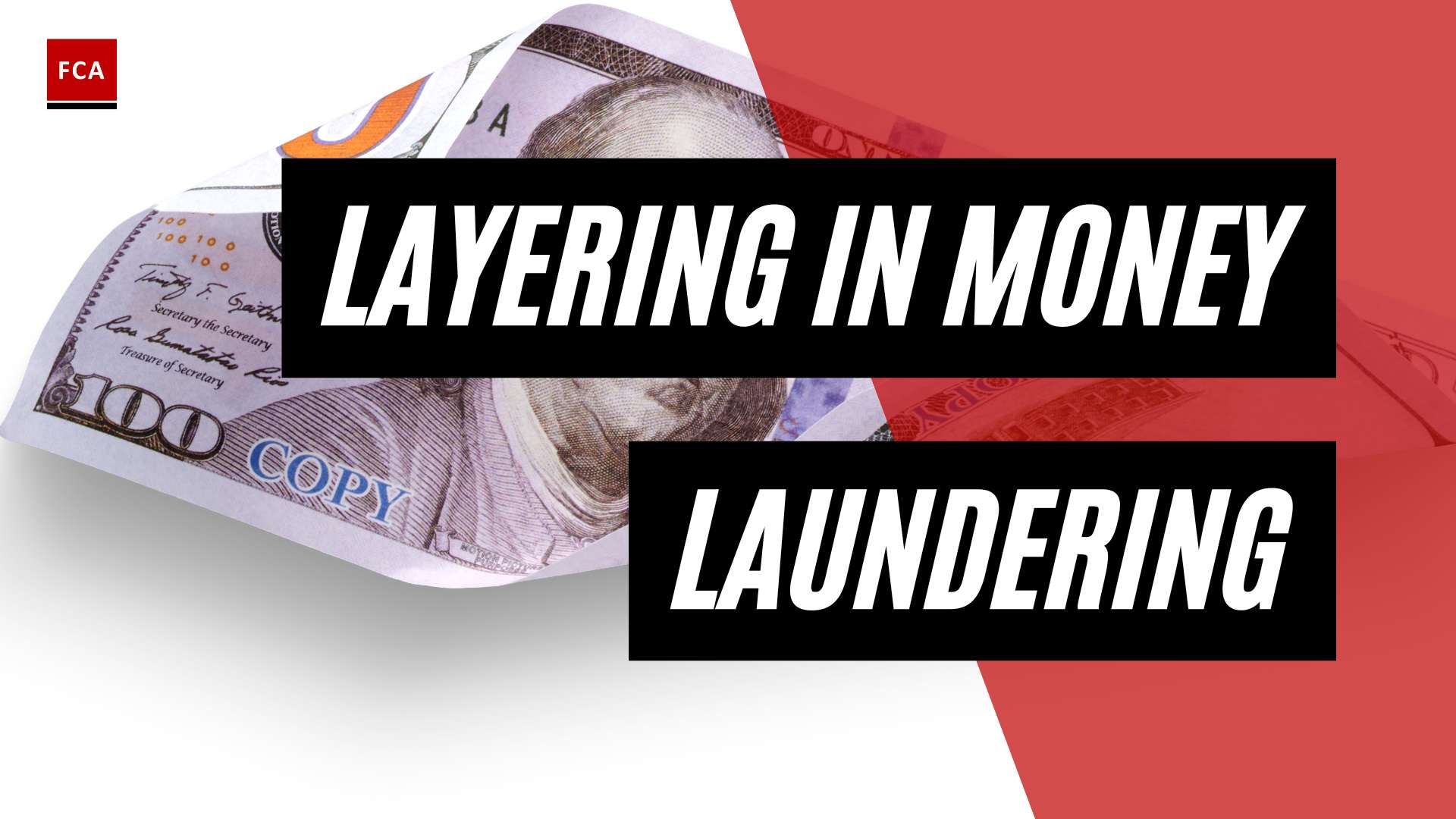Understanding Money Laundering in the Art Market
Money laundering, a process of making illicitly obtained funds appear legitimate, has found a niche within the art market. Criminals have recognized the potential of the art market as a vehicle for money laundering due to its unique characteristics and vulnerabilities. This section provides an overview of money laundering in the art market, including its introduction, common schemes, and its rise as a significant concern.
Introduction to Money Laundering
Money laundering involves disguising the origins of illegally obtained funds to make them appear legitimate. In the context of the art market, money laundering typically entails using art transactions to legitimize illicit funds, thereby integrating them into the legal economy. The underground art market plays a significant role in facilitating these illicit activities (Financial Crime Academy).
Money Laundering Schemes in the Art Market
Money laundering through art and antiques involves various schemes that exploit the characteristics of the market. Anonymity and secrecy in art transactions are major factors that attract money launderers. The Financial Crime Academy reports that only 25-30% of art transactions are processed through banks, highlighting the prevalence of cash transactions and the limited traceability of funds. Some common schemes involve the use of shell companies, which conceal the true ownership of artworks and facilitate illicit financial transactions (Financial Crime Academy).
The Rise of Art Market Money Laundering
Money laundering in the art market has gained prominence due to several factors. The increasing prices of artworks, with global art investment reaching $64.1 billion in 2019, have attracted criminals looking to exploit the market. The lack of regulation and oversight within the art market further contributes to its vulnerability, with estimates indicating that over $3 billion of art market transactions are associated with suspicious activity annually.
As money laundering through art and antiques continues to be a significant concern, understanding the vulnerabilities, methods, and scale of these illicit activities becomes crucial. The subsequent sections will delve deeper into the vulnerabilities in the art market, methods used for money laundering through art and antiques, the scale and impact of art market money laundering, efforts to combat these activities, and the future of anti-money laundering in the art market.
Vulnerabilities in the Art Market
The art market, with its unique characteristics, presents vulnerabilities that make it an attractive avenue for money laundering. Understanding these vulnerabilities is crucial in combating money laundering through art and protecting the integrity of the market.
Anonymity and Secrecy in Art Transactions
One of the key vulnerabilities in the art market is the high degree of anonymity and secrecy surrounding art transactions. According to the Financial Crime Academy, only 25-30% of art transactions are processed through banks, highlighting the significant portion of transactions that occur outside the traditional financial system. This anonymity allows money launderers to conceal the origins and ownership of illicit funds, making it difficult for authorities to trace and investigate suspicious activities.
Use of Shell Companies in Art Transactions
The use of shell companies is another vulnerability exploited in art market money laundering schemes. Shell companies are entities that exist primarily to hide the true ownership of assets. In the context of the art market, shell companies can be used to purchase and sell artworks, masking the identities of the individuals behind these transactions. By using complex networks of shell companies, money launderers can obscure the flow of illicit funds, making it challenging for law enforcement agencies to detect and disrupt these activities.
Lack of Regulation and Oversight
The lack of comprehensive regulation and oversight in the art market contributes to its vulnerability to money laundering. Unlike the financial sector, where strict anti-money laundering (AML) regulations are in place, the art market operates with relatively limited regulations and oversight. This regulatory gap allows illicit funds to flow through the market with ease. According to the Financial Crime Academy, over $3 billion of art market transactions are associated with suspicious activity annually, highlighting the need for strengthened regulation and oversight.
To address these vulnerabilities, it is imperative to implement robust AML measures and enhance transparency within the art market. The introduction of more stringent regulations, including requirements for customer due diligence and reporting suspicious transactions, can help mitigate the risk of money laundering. Increased cooperation between art market participants, financial institutions, and regulatory authorities is essential to establish a more secure and accountable environment.
By addressing the vulnerabilities of anonymity and secrecy, the use of shell companies, and the lack of regulation and oversight, the art market can take significant steps towards deterring money laundering activities. Continued efforts to strengthen AML measures and promote transparency will contribute to preserving the integrity of the art market and safeguarding it from illicit financial activities.
Methods of Money Laundering through Art and Antiques
Money laundering through the art and antique markets has become a significant concern in recent years. Criminals take advantage of the unique characteristics of these markets to conceal the origins of illicit funds. In this section, we will explore three common methods used for money laundering through art and antiques: using artworks as collateral for loans, the role of freeports, and anonymous purchases and resales.
Using Artworks as Collateral for Loans
One method of money laundering through art and antiques involves using valuable artworks as collateral for loans. Criminals may approach a financial institution or private lender, offering an artwork as security for a loan. This allows them to introduce illicit funds into the legitimate financial system while obtaining a loan against the artwork’s appraised value.
By leveraging the value of the artwork, criminals can obtain a loan that appears legitimate on the surface. However, the true purpose of the loan is to legitimize illicit funds. Once the loan is obtained, the artwork can be sold or used for other transactions, effectively integrating the illicit funds into the legitimate economy.
The Role of Freeports in Money Laundering
Freeports, such as the Geneva Freeport, have emerged as potential hotspots for money laundering in the art world. These high-security storage facilities allow valuable artworks to be stored abroad, often in a tax-free environment, evading import taxes and customs regulations. This makes them attractive locations for money launderers looking to hide or transfer ownership of artworks.
Criminals may purchase artworks and store them in freeports, ensuring their anonymity and avoiding the need for immediate disclosure of ownership. The artworks can then be sold or transferred without changing ownership, allowing criminals to legitimize the proceeds from the sale as legitimate business transactions. The substantial scale of potential money laundering activities in high-security art storage facilities is evident, with estimates suggesting that the Geneva Freeport alone may hold artworks worth $100 billion (Art and Object).
Anonymous Purchases and Resales
The art and antique markets offer opportunities for money laundering through anonymous purchases and resales. Criminals can exploit the lack of transparency and reporting requirements in these markets to conduct transactions without revealing their true identities.
Auction houses and art sellers often have no obligation to report large cash transactions or disclose the identities of buyers and sellers to a governing authority. This anonymity allows criminals to use cash to purchase valuable artworks, effectively distancing the illicit funds from their original source. The purchased artworks can then be resold without transferring ownership, further obfuscating the trail of illicit funds.
These anonymous purchases and resales enable criminals to legitimize their illicit funds by making them appear as proceeds from legitimate art transactions. The subjective and manipulable prices in the art market also provide opportunities for criminals to inflate or deflate the prices of artworks, further complicating the detection of money laundering activities.
By understanding the methods employed for money laundering through art and antiques, authorities and financial institutions can develop strategies to combat these illicit activities. Strengthening regulations, increasing transparency in transactions, and enhancing cooperation between art market participants and regulatory bodies are crucial steps in curbing money laundering in these markets.
Scale and Impact of Art Market Money Laundering
Money laundering through the art market has become a significant concern due to its scale and impact on financial systems and society. Understanding the financial statistics of the art market, estimating the amounts laundered through the art market, and recognizing the broader impact are crucial in comprehending the magnitude of this issue.
Financial Statistics of the Art Market
The art market is a lucrative industry, with global art investments reaching $64.1 billion in 2019. This substantial financial value makes it an attractive target for criminals seeking to launder illicit funds.
Estimated Amounts Laundered through Art Market
Estimates indicate that over $3 billion of art market transactions are associated with suspicious activity annually. However, the true extent of money laundering in the art market is challenging to determine precisely due to its inherently secretive nature.
Various sources suggest that the amount of money laundered through the art market could be far higher. Estimates range from tens to hundreds of billions of dollars per year (RUSI). One report claims that approximately $100 billion in criminal proceeds is laundered through the art market annually (Source). Additionally, the underground art market, which includes thefts, fakes, illegal imports, and organized looting, may bring in as much as $6 billion annually, with around $3 billion associated with money laundering and other financial crimes.
Impact on Financial Systems and Society
Money laundering in the art world poses a significant threat to global financial systems and society as a whole. The illicit funds laundered through the art market can infiltrate the legitimate economy, distorting markets and hindering economic development. Additionally, money laundering through art can enable criminal organizations to legitimize their ill-gotten gains and continue their illicit activities.
The impact extends beyond the financial realm. Money laundering in the art market undermines the integrity and reputation of the art industry, eroding trust among participants, collectors, and investors. It also hinders efforts to combat other crimes, such as corruption, tax evasion, and organized crime, as the proceeds from these activities can be laundered through art transactions.
Efforts to address the scale and impact of art market money laundering require robust regulatory initiatives, improved anti-money laundering (AML) compliance and enforcement, and increased scrutiny and controls. By closing regulatory loopholes, strengthening transparency and reporting requirements, and finding the right balance between industry concerns and security needs, the art market can work towards mitigating the risks associated with money laundering and preserving its integrity.
Efforts to Combat Art Market Money Laundering
Recognizing the risks associated with money laundering through art and antiques, regulatory initiatives and legislative actions have been implemented to combat this illicit activity. Governments, regulatory authorities, and financial institutions have taken steps to strengthen anti-money laundering (AML) measures within the art market.
Regulatory Initiatives and Legislative Actions
In response to the growing concerns surrounding art market money laundering, regulatory initiatives and legislative actions have been introduced. For instance, the European Union’s 5th Anti-Money Laundering (AML) Directive has prompted various Member States to take action towards its implementation (Art Law & More). In the United States, the Anti-Money Laundering Act of 2020 extended AML regulations to the cultural property space, with a particular focus on the antiquities market.
These regulatory initiatives aim to enhance transparency, increase due diligence requirements, and impose stricter controls on art transactions. By bringing the art market under the purview of AML regulations, authorities seek to disrupt money laundering schemes and prevent the illicit flow of funds through the art market.
AML Compliance and Enforcement
AML compliance and enforcement play a crucial role in combating art market money laundering. Financial institutions, including art market participants such as galleries, auction houses, and dealers, are increasingly subject to AML regulations and scrutiny. Compliance with these regulations involves implementing robust systems and controls to identify and mitigate the risks associated with money laundering.
Stricter customer due diligence measures, enhanced transaction monitoring, and reporting suspicious activities are essential components of AML compliance in the art market. Financial institutions are required to conduct thorough screenings and risk assessments to ensure they are not unwittingly involved in facilitating money laundering through art transactions.
Furthermore, enforcement agencies are actively investigating and prosecuting cases of art market money laundering. By targeting individuals and entities engaged in illicit activities, these agencies aim to deter money launderers and disrupt their networks.
Increasing Scrutiny and Controls
The art market is facing increasing scrutiny from governments, regulatory authorities, and financial institutions. Recognizing the vulnerabilities that allow money laundering to occur, efforts are being made to tighten controls and enhance transparency within the sector. The European Union’s Sixth Anti-Money Laundering Directive (6AMLD) has made AML screening and customer due diligence compulsory for all participants in the art market, imposing harsher penalties for violations (ComplyAdvantage).
Financial institutions and art market participants are encouraged to adopt risk-based approaches and strengthen their internal controls. This includes conducting thorough due diligence on customers and counterparties, implementing transaction monitoring systems, and reporting suspicious activities to the relevant authorities. By doing so, the art market can contribute to the overall efforts to combat money laundering and protect the integrity of the financial system.
As governments, regulatory authorities, and financial institutions continue to address the challenges posed by art market money laundering, it is essential to maintain a balance between industry concerns and security needs. Ongoing collaboration and cooperation among stakeholders are crucial to effectively combat money laundering in the art market and preserve the integrity of the cultural sector.
Future of AML in the Art Market
As the art market continues to grapple with the issue of money laundering, efforts are being made to strengthen anti-money laundering (AML) measures and combat illicit activities. The future of AML in the art market lies in closing regulatory loopholes, strengthening transparency and reporting, and balancing industry concerns with security needs.
Closing Regulatory Loopholes
One of the key steps in preventing money laundering in the art market is closing regulatory loopholes. This involves implementing stricter regulations and oversight to ensure that art transactions are subject to the same level of scrutiny as financial transactions. The European Union’s 5th Anti-Money Laundering (AML) Directive and the Anti-Money Laundering Act of 2020 in the United States are examples of regulatory efforts aimed at addressing AML in the art market. These regulations extend AML regulation into the art and antiquities markets, bringing them under the same AML regulatory framework as financial institutions.
Strengthening Transparency and Reporting
To combat money laundering through the art market, it is crucial to strengthen transparency and reporting requirements. This includes ensuring that relevant information, such as the identities of buyers, sellers, and intermediaries, is properly documented and reported. The European Union’s Sixth Anti-Money Laundering Directive (6AMLD) makes AML screening and customer due diligence compulsory for all participants in the art market, aiming to deter money laundering with harsher penalties for violations. By enhancing transparency and reporting, authorities can better detect and investigate suspicious transactions.
Balancing Industry Concerns and Security Needs
While the implementation of AML measures is crucial, it is essential to strike a balance between industry concerns and security needs. The art market is a complex ecosystem with unique characteristics, and any regulatory efforts must consider the potential impact on legitimate art transactions and the industry as a whole. The U.S. Treasury’s report in February 2022 acknowledged vulnerabilities in the art market but suggested addressing systemic issues before implementing further regulations (ComplyAdvantage). Striking the right balance between compliance and industry growth is essential to ensure the long-term viability and integrity of the art market.
As AML compliance and enforcement continue to evolve, stakeholders in the art market must stay vigilant and adapt to changing regulations and best practices. By closing regulatory loopholes, strengthening transparency and reporting, and finding a balance between industry concerns and security needs, the art market can make significant strides in combating money laundering and protecting its integrity. The fight against AML in the art market requires collaborative efforts from regulators, industry participants, and relevant stakeholders to create a more transparent and accountable ecosystem.


